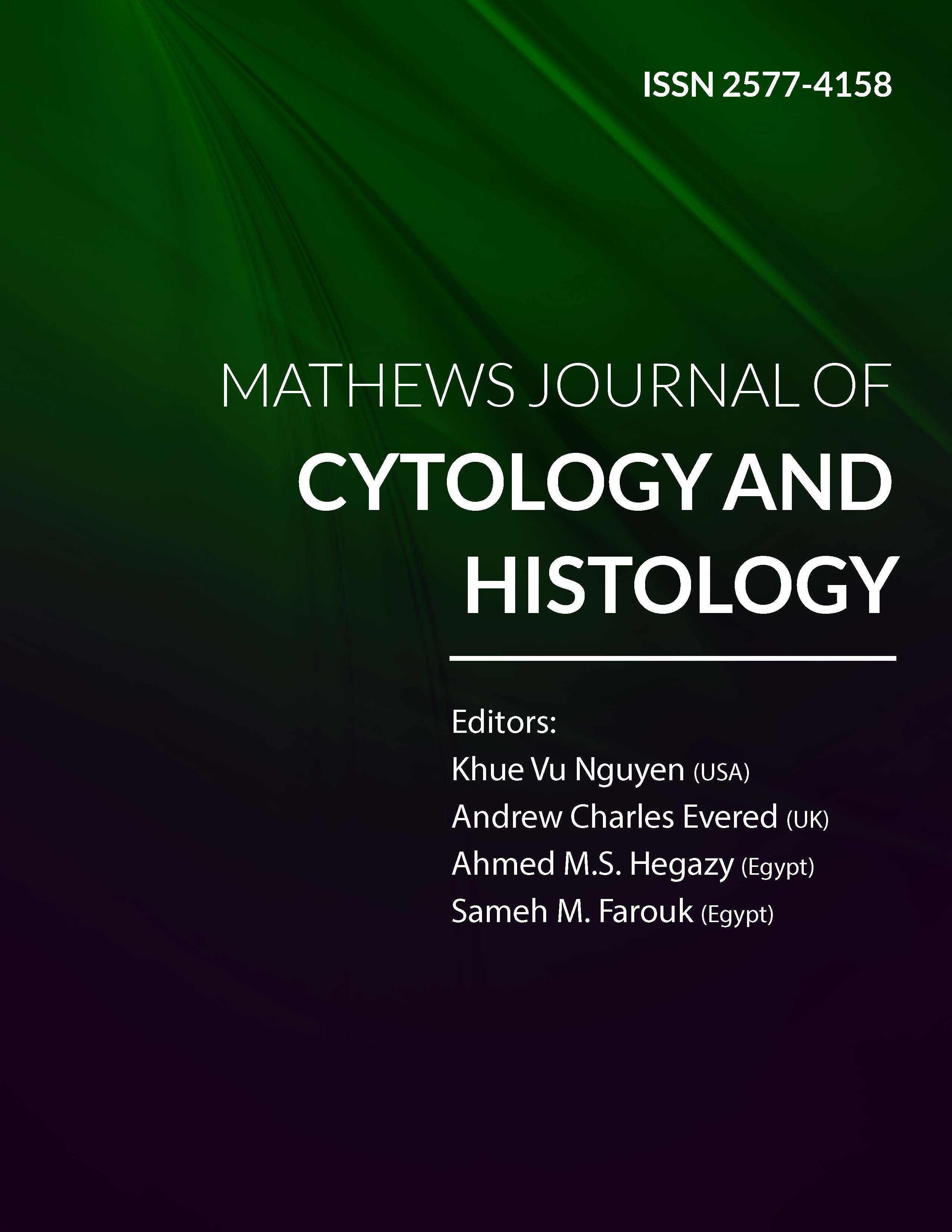
Information Links
Previous Issues Volume 8, Issue 1 - 2024
Evaluation of the Most Effective Method of Measuring Bilirubin Concentration in Neonates
Boaz Gaventa1, Graham Martin1, Alok Abraham Matthew1, Lewys Burnett-Jones1, Sanji Lalchan2, Therese-Mary William1,2,*
1Kings College London, United Kingdom
2NHS Education South London, United Kingdom
*Corresponding author: Dr. Therese William, Consultant Pediatrician, MBBCH, DCH, MRCPCH, MA-MedED.
Received Date: June 21, 2024
Publication Date: September 30, 2024
Citation: William T, et al. (2024). Evaluation of the Most Effective Method of Measuring Bilirubin Concentration in Neonates. Mathews J Cytol Histol. 8(1):29.
Copyright: William T, et al. © (2024)
ABSTRACT
Objectives: The Aim of this project was to determine the correlation of two methods of measuring bilirubin concentration in neonates “the laboratory and blood gas analyser”. The ultimate purpose was to find the accuracy and validity of the bilirubin measurements using blood gas machine analyser. This is to determine whether it can reliably guide timely clinical decisions and whether it can replace the traditional laboratory test for determining bilirubin values.
Methods: An ethical approval has been obtained to undertake a retrospective quantitative research study at neonatal intensive care units. 228 paired bilirubin measurements from hospitalized neonates were available for analysis. Bilirubin measurements obtained from the laboratory were compared with the paired sample results from four gas machine analysers. We included patients tested at the same time by both laboratory and blood gas analyser. Unpaired patients tested by only one method were excluded from the study.
Results: The correlation scatter graph (Figure 1) shows incredible matching of the two methods of bilirubin testing. The R value of 0.978 demonstrates a very high correlation value between both tests and both methods agree on treatment decisions. There was little to zero correlation between the μmol/L differences between the two methods in particular when phototherapy treatment is indicated. Of the values that were above the phototherapy treatment threshold, gas machine results were matched by laboratory values above the threshold (True Positive) and 31% were not matched by the lab (False Positive), and 0% were (False negative).
Conclusion: The study shows that the gas machine analyser is a reliable method for accurately measuring bilirubin values, it provides valid and precise bilirubin measurements and can guide timely clinical decision and intervention for hyperbilirubinemia. This simple cost-effective method can significantly reduce the waiting time to make critical clinical decisions, improve clinical outcomes and enhance patients’ satisfaction. The decisions for exchange transfusions may still be required to be confirmed by using laboratory analysis.
Keywords: Neonates, Hyperbilirubinemia, Capillary Sampling, Venous Sample, Laboratory Testing, Blood Gas Machine Analyser.